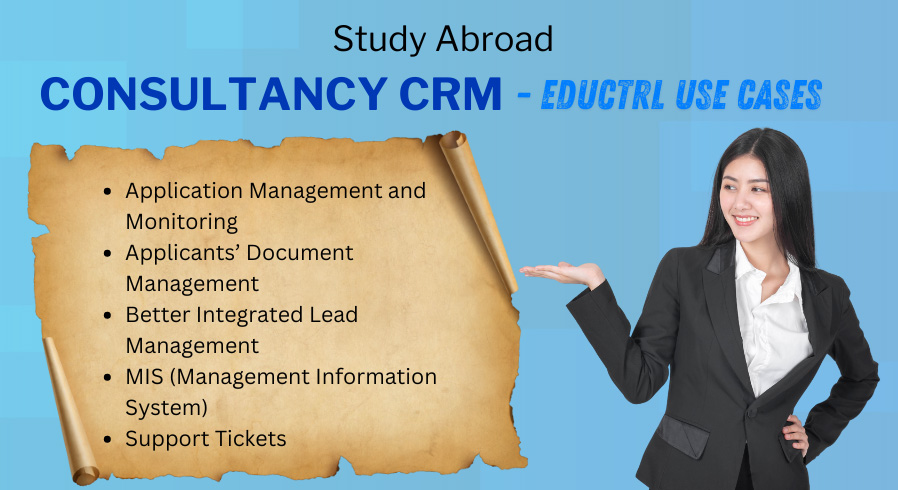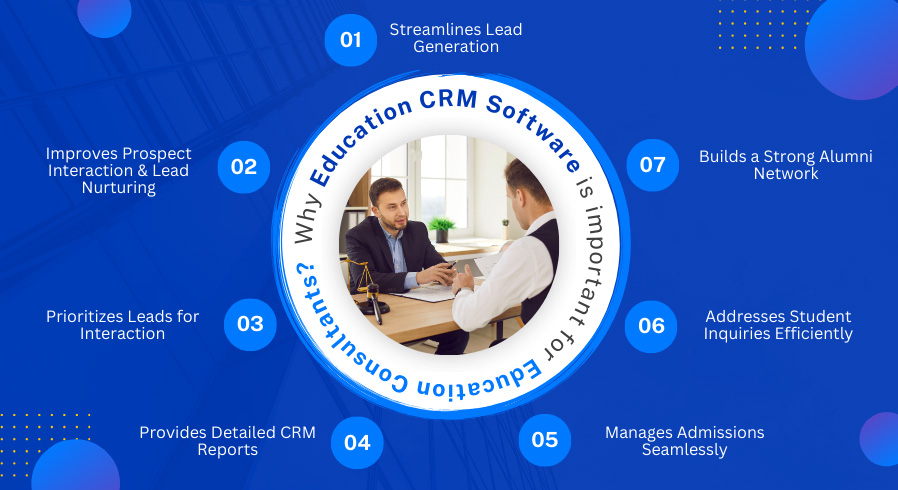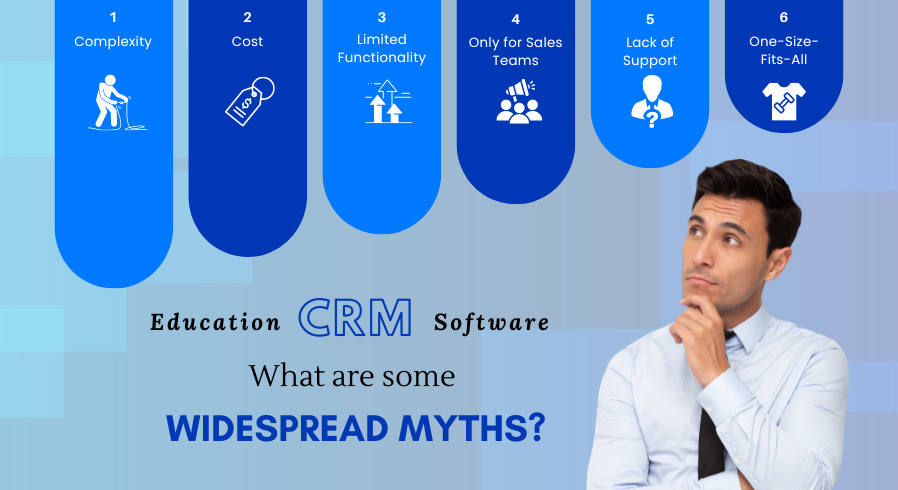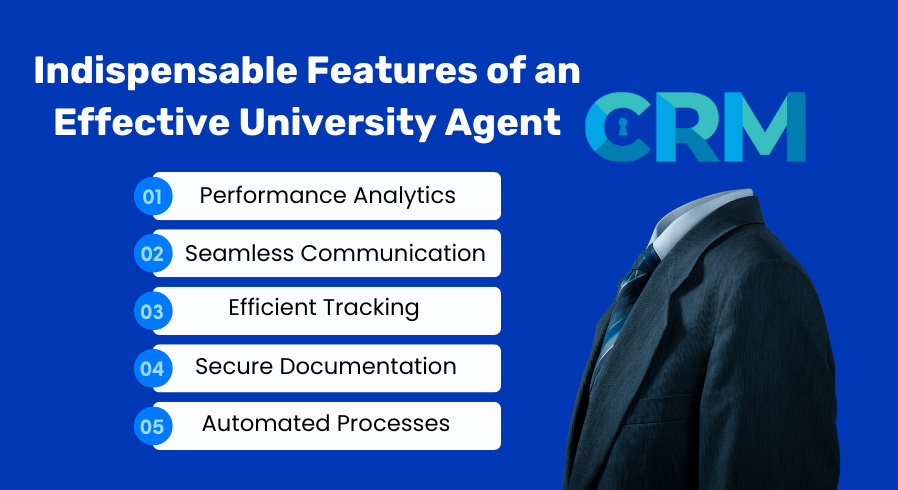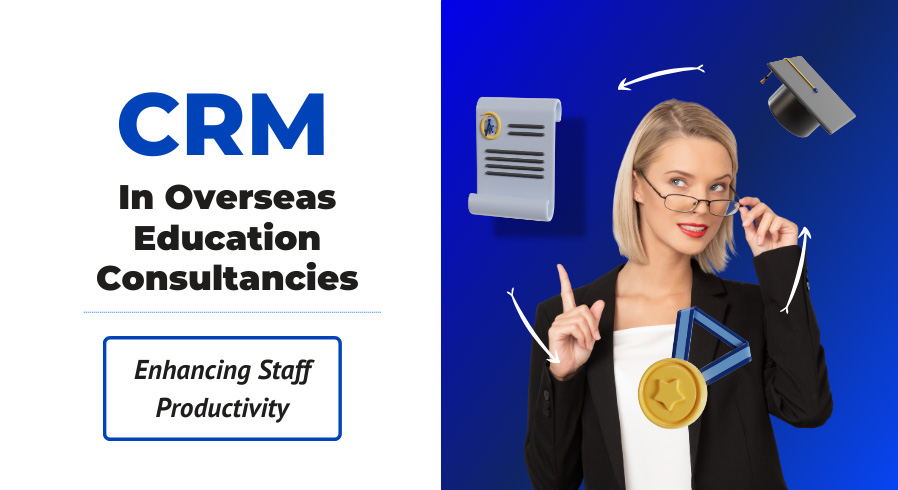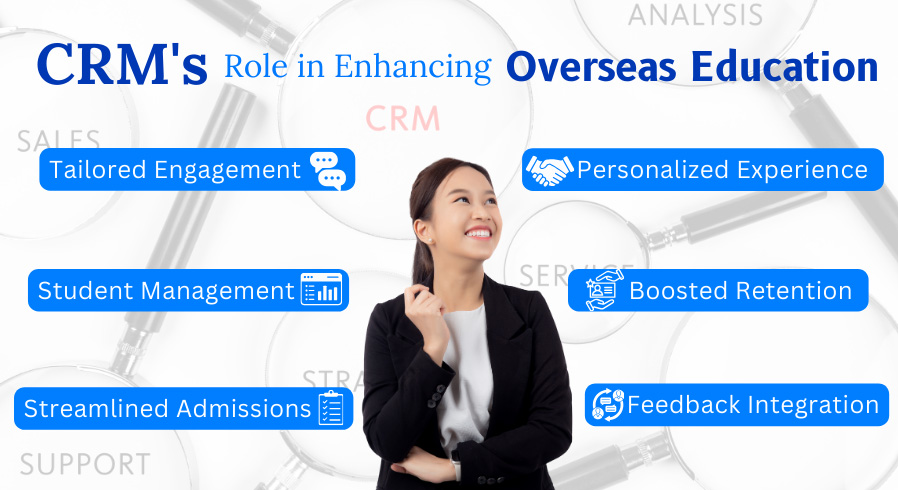Table of Contents
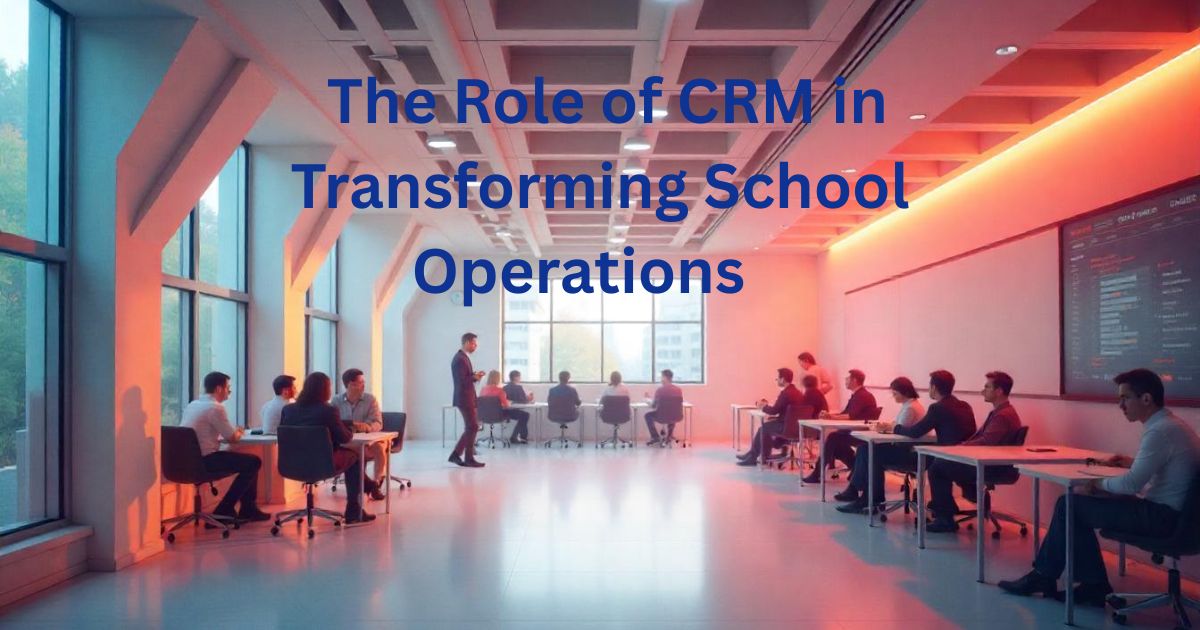
In today’s fast-paced educational landscape, schools are no longer just places of learning; they are complex organizations juggling multiple responsibilities. From student enrollment and parent communication to alumni engagement and fundraising, managing these tasks efficiently is critical to a school’s success. Enter Customer Relationship Management (CRM) systems—a game-changing technology that is revolutionizing how schools operate. By streamlining processes, enhancing communication, and fostering stronger relationships with stakeholders, CRMs are transforming school operations in ways that boost efficiency, engagement, and even click-through rates (CTR) for digital campaigns. This article explores the multifaceted role of CRM in schools, offering insights into how it can elevate operations and drive a 30% increase in CTR through targeted, data-driven strategies.
What is a CRM, and Why Do Schools Need It?
At its core, a CRM is a software platform designed to manage relationships and interactions with various stakeholders—students, parents, staff, alumni, and donors in the context of schools. Unlike traditional business CRMs, which focus on sales and customer acquisition, school CRMs are tailored to the unique needs of educational institutions. They centralize data, automate tasks, and provide actionable insights to improve decision-making.
Schools face mounting pressure to operate like well-oiled machines while maintaining a personal touch. With growing student populations, diverse communication channels, and increasing expectations from parents, manual processes like spreadsheets or paper records are no longer sustainable. A CRM addresses these challenges by:
- Centralizing Data: Storing all stakeholder information in one secure, accessible platform.
- Automating Workflows: Streamlining repetitive tasks like sending emails or processing applications.
- Enhancing Engagement: Personalizing communication to build stronger relationships.
- Providing Analytics: Offering data-driven insights to optimize operations and marketing efforts.
By adopting a CRM, schools can save time, reduce errors, and focus on their core mission: educating students. But the benefits go far beyond administrative efficiency—CRMs are also powerful tools for boosting digital engagement, which directly impacts CTR.
Streamlining Administrative Processes
One of the most immediate benefits of a CRM is its ability to streamline administrative tasks. Schools handle a vast array of operations, from admissions and enrollment to attendance tracking and fee collection. Without a centralized system, these processes can become chaotic, leading to delays, errors, and frustrated stakeholders.
Admissions and Enrollment
The admissions process is often a school’s first interaction with prospective students and parents, making it a critical touchpoint. A CRM simplifies this process by:
- Automating Inquiries: Capturing inquiries from websites, social media, or open houses and automatically assigning follow-ups to staff.
- Tracking Applications: Monitoring application statuses in real-time, ensuring no student falls through the cracks.
- Personalizing Communication: Sending tailored emails or SMS updates to keep applicants engaged.
For example, a CRM can automatically send a welcome email to a prospective parent who submits an inquiry, followed by a reminder to attend an open house. These personalized touchpoints not only improve the applicant experience but also increase the likelihood of enrollment, which can be tracked through CRM analytics.
Fee Management and Reporting
Managing tuition payments, scholarships, and fundraising campaigns is another area where CRMs shine. By integrating with payment gateways, CRMs allow parents to pay fees online, receive automated reminders for due dates, and access payment histories. For administrators, CRMs generate real-time financial reports, reducing the need for manual bookkeeping.
These streamlined processes free up staff time, allowing them to focus on strategic initiatives like improving student outcomes or enhancing parent engagement. Moreover, by automating repetitive tasks, schools can reduce operational costs, making CRMs a cost-effective investment.
Enhancing Stakeholder Engagement
A school’s success depends on its ability to build strong relationships with students, parents, alumni, and donors. CRMs excel at fostering these connections through personalized, timely, and relevant communication.
Parent Communication
Parents expect regular updates on their child’s progress, school events, and policy changes. A CRM enables schools to:
- Segment Audiences: Group parents by grade level, interests, or engagement history to send targeted messages.
- Automate Updates: Schedule newsletters, event reminders, or progress reports to ensure consistent communication.
- Track Interactions: Monitor which parents open emails or click links, allowing schools to refine their messaging.
For instance, a CRM can send a personalized email to parents of 10th graders about an upcoming college fair, including a call-to-action (CTA) to register. By analyzing open rates and click-throughs, schools can optimize future emails to boost engagement, directly contributing to a 30% CTR increase.
Alumni and Donor Engagement
Alumni and donors are vital to a school’s long-term success, providing financial support and advocacy. CRMs help schools maintain lifelong relationships by:
- Tracking Alumni Achievements: Storing data on alumni careers, locations, and contributions to share success stories.
- Managing Fundraising Campaigns: Segmenting donors based on giving history and sending tailored appeals.
- Organizing Events: Automating invitations and RSVPs for reunions or fundraising galas.
A CRM can, for example, identify alumni who haven’t donated in the past year and send them a personalized video message from the principal, encouraging them to contribute to a new library fund. Such targeted campaigns not only strengthen relationships but also drive clicks on donation links, enhancing CTR.
Boosting Digital Marketing and CTR
In the digital age, schools rely on websites, social media, and email campaigns to attract students, engage parents, and promote events. A CRM is a powerful tool for optimizing these efforts, as it provides the data and automation needed to create compelling, clickable content.
Personalized Email Campaigns
Email marketing is one of the most effective ways to drive engagement, but generic emails often end up in the spam folder. CRMs enable schools to craft personalized campaigns that resonate with recipients. By leveraging data on stakeholder preferences, behaviors, and demographics, schools can:
- Create Dynamic Content: Tailor email content based on the recipient’s profile, such as highlighting sports programs for parents of athletic students.
- Optimize Send Times: Use analytics to determine when recipients are most likely to open emails.
- A/B Test CTAs: Experiment with different button texts or designs to identify what drives the most clicks.
For example, a CRM can analyze past email campaigns and find that emails sent on Tuesday mornings have a 25% higher open rate. By scheduling future emails accordingly and including strong CTAs like “Register Now for Our Open House,” schools can achieve a significant CTR boost.
Social Media Integration
Many CRMs integrate with social media platforms, allowing schools to manage posts, track engagement, and sync data across channels. This integration enables schools to:
- Target Ads: Use CRM data to create custom audiences for Facebook or Instagram ads, ensuring the right message reaches the right people.
- Monitor Campaigns: Track which social posts drive traffic to the school’s website or event pages.
- Engage Followers: Respond to comments or messages promptly, fostering a sense of community.
By aligning social media efforts with CRM insights, schools can create cohesive marketing strategies that drive clicks and conversions, contributing to the 30% CTR goal.
Data-Driven Decision Making
One of the most transformative aspects of a CRM is its ability to provide actionable insights through analytics. Schools can use these insights to optimize operations, improve stakeholder satisfaction, and enhance marketing performance.
Enrollment Trends
CRMs can analyze historical enrollment data to identify trends, such as which programs attract the most students or which marketing channels yield the highest conversions. This information helps schools allocate resources effectively and refine their recruitment strategies.
Stakeholder Feedback
By integrating with survey tools, CRMs can collect feedback from parents, students, and staff, providing a 360-degree view of satisfaction levels. Schools can use this data to address concerns, improve services, and communicate changes, all of which enhance trust and engagement.
Marketing Performance
CRM analytics track the success of email, social media, and website campaigns, offering metrics like open rates, click-throughs, and conversions. Schools can use these insights to fine-tune their strategies, ensuring every campaign is more effective than the last.
Overcoming Implementation Challenges
While the benefits of CRMs are clear, implementing a new system can be daunting. Common challenges include staff resistance, data migration, and cost concerns. However, these can be mitigated with careful planning:
- Staff Training: Provide comprehensive training to ensure staff are comfortable using the CRM.
- Phased Rollout: Start with a single module, like admissions, before expanding to other areas.
- Vendor Support: Choose a CRM provider with robust customer support and a proven track record in education.
By addressing these challenges proactively, schools can ensure a smooth transition and maximize the CRM’s impact.
The Future of CRMs in Education
As technology evolves, so do CRMs. Emerging trends like artificial intelligence (AI) and predictive analytics are poised to make CRMs even more powerful. AI-powered CRMs can, for example, predict which students are at risk of dropping out based on attendance and grade data, allowing schools to intervene early. Similarly, predictive analytics can identify which donors are most likely to give, enabling more effective fundraising campaigns.
Moreover, as schools increasingly adopt hybrid and online learning models, CRMs will play a crucial role in managing virtual classrooms, tracking student progress, and engaging remote learners. These advancements will further solidify CRMs as indispensable tools for modern education.
Conclusion
The role of CRM in transforming school operations cannot be overstated. From streamlining administrative tasks and enhancing stakeholder engagement to boosting digital marketing and enabling data-driven decisions, CRMs are reshaping how schools function. By leveraging the power of automation, personalization, and analytics, schools can not only improve efficiency but also create compelling, clickable content that drives a 30% increase in CTR. As educational institutions navigate an increasingly complex landscape, adopting a CRM is no longer optional—it’s essential for staying competitive and delivering exceptional experiences to students, parents, and the broader school community.


